As with the last post in this series I shall be covering material that I have already covered in my series on Renaissance Science. Rather than just link to those posts, I shall here briefly sketch the developments and advances here that took place in Europe between the twelfth and the end of the fifteenth century with links where appropriate , before beginning in later posts to take an in depth look at the further developments in the sixteenth century.
In the area of statics, which is here the theory of weights, the concept of force still not known, we have two major works from antiquity, Archimedes’ On the Equilibrium of Planes and the pseudo-Aristotelian Questiones Mechanicae.
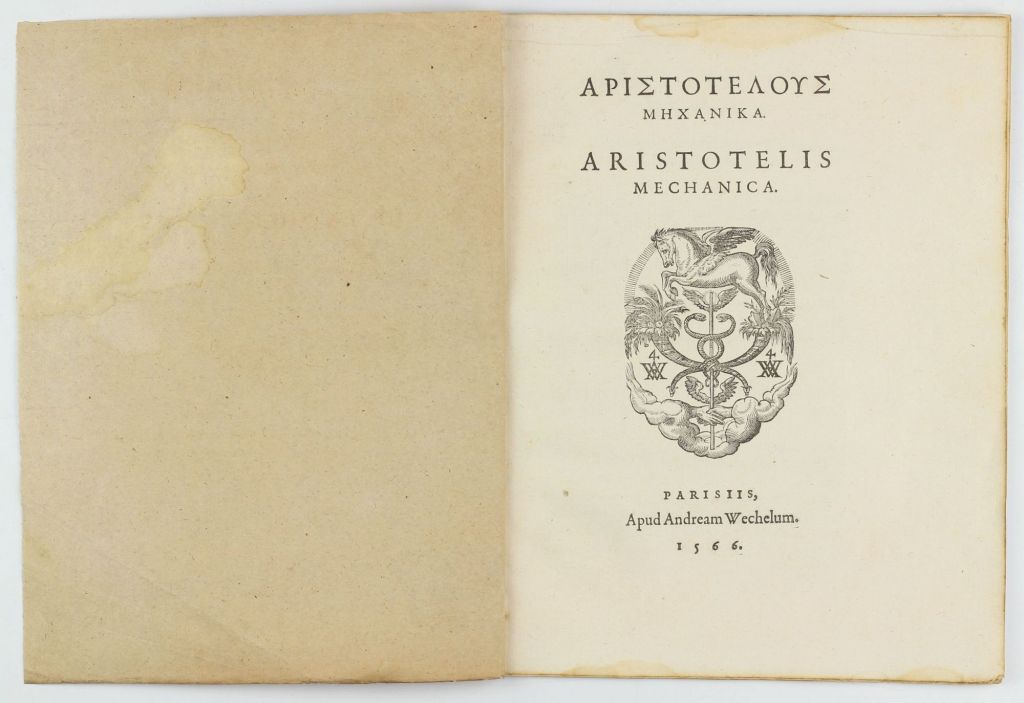
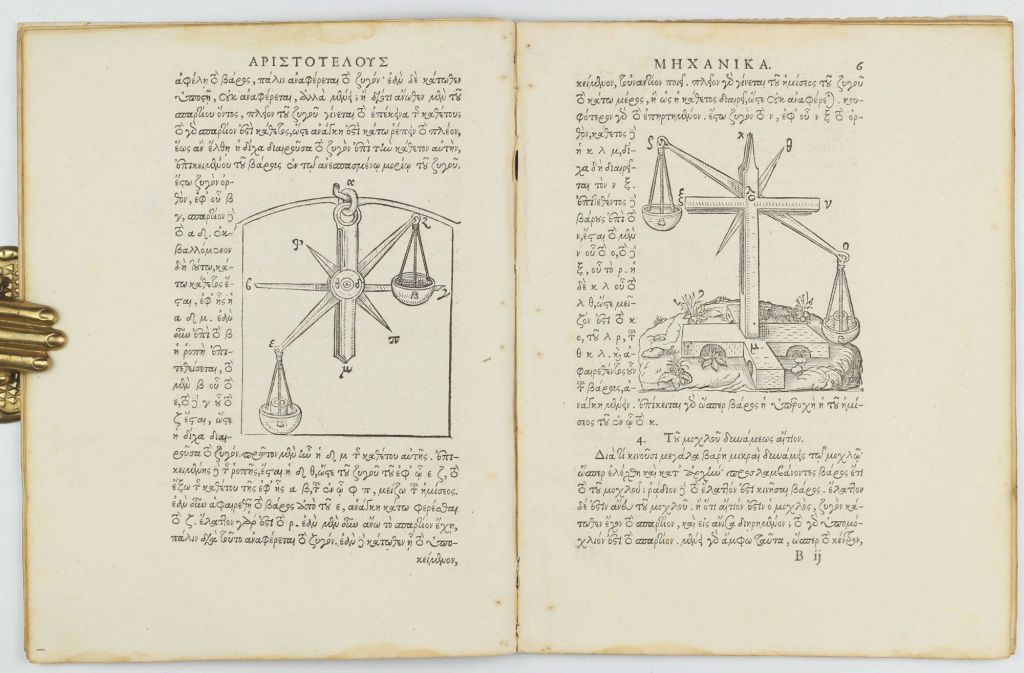
The Archimedes remained largely unknown in the European Middle ages although it had already been translated by William of Moerbeke (c. 1220 – c. 1286) in the thirteenth century and been translated into Arabic by Thābit ibn Qurra (c.830 –901) , who wrote two related works, his Kitab fi ‘l-qarastun (Book of the Steelyard)–a steelyard is a single armed balance– and his Kitab fi sifat alwazn (Book on the Description of Weight) on the equal armed balance.
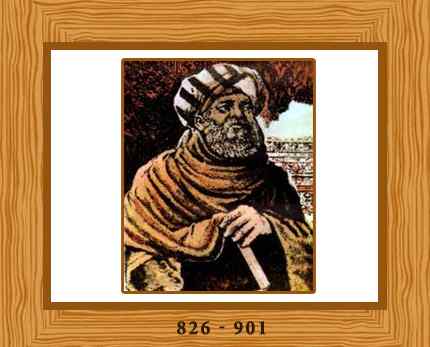
However, the pseudo-Aristotelian Questiones Mechanicae found a strong resonance in the work of Jordanus de Nemore (fl. 13th century) developed a scholastic theory of statics in his science of weights (scientia de ponderibus) presented in three texts, the first Elementa super demonstrationem ponderum, which presents the conclusions of Thābit ibn Qurra’s text on the steelyard deriving them from seven axioms and nine propositions. This is the earliest of the three and the only one definitely ascribable to Jordanus. The two later texts are usually attributed to the school of. The second text Liber de ponderibus is a reworking of the Elementa super demonstrationem ponderum. The third De ratione ponderis is a corrected and expanded version of the Elementa. In his work he proves the law of the lever by the principle of work using virtual displacements. Using the same method, the De ratione ponderis also proves the conditions of equilibrium of unequal weights on planes inclined at different angles.
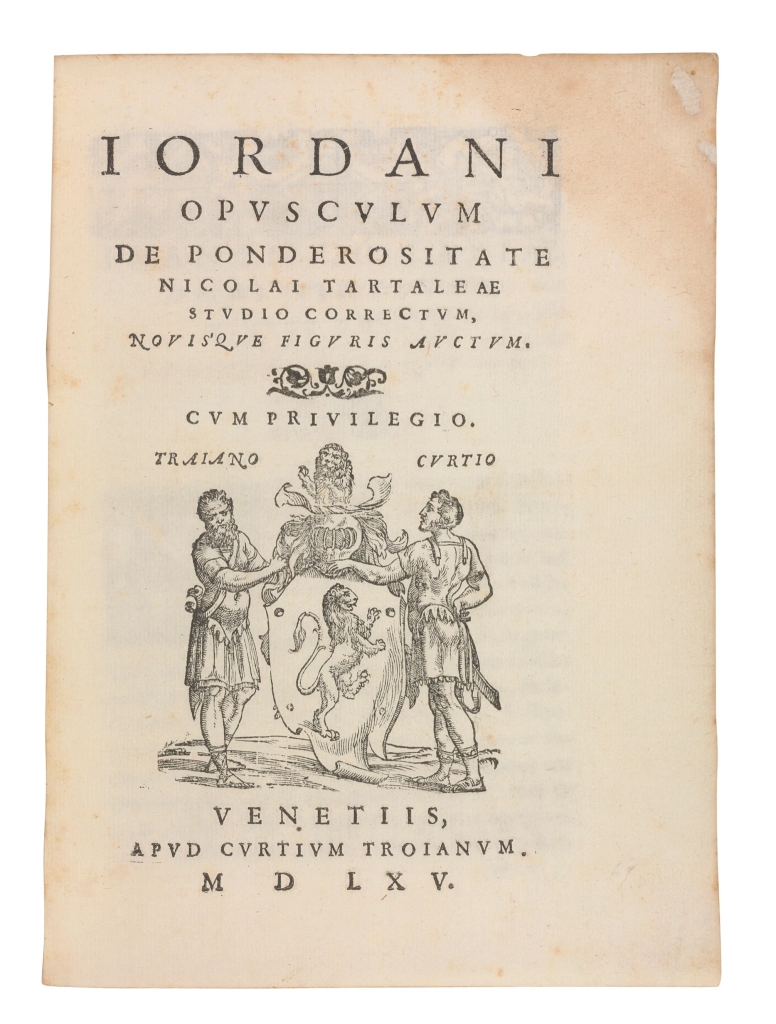
The Questiones Mechanicae continued to exercise a major influence going through more than a dozen editions between the end of the fifteenth century and the beginning of the seventeenth.
In hydrostatics we find water management with water wheels but there was little or no scientific activity in this area before the sixteenth century, although Archimedes’ On Floating Bodies was translated into Latin by William of Moerbeke (c. 1215–1286) in the thirteenth century and no complete Greek manuscript is known to exist.However, this and the works of Hero of Alexandria (c. 10–c. 70 CE) on the topic only really became known in the sixteenth century.
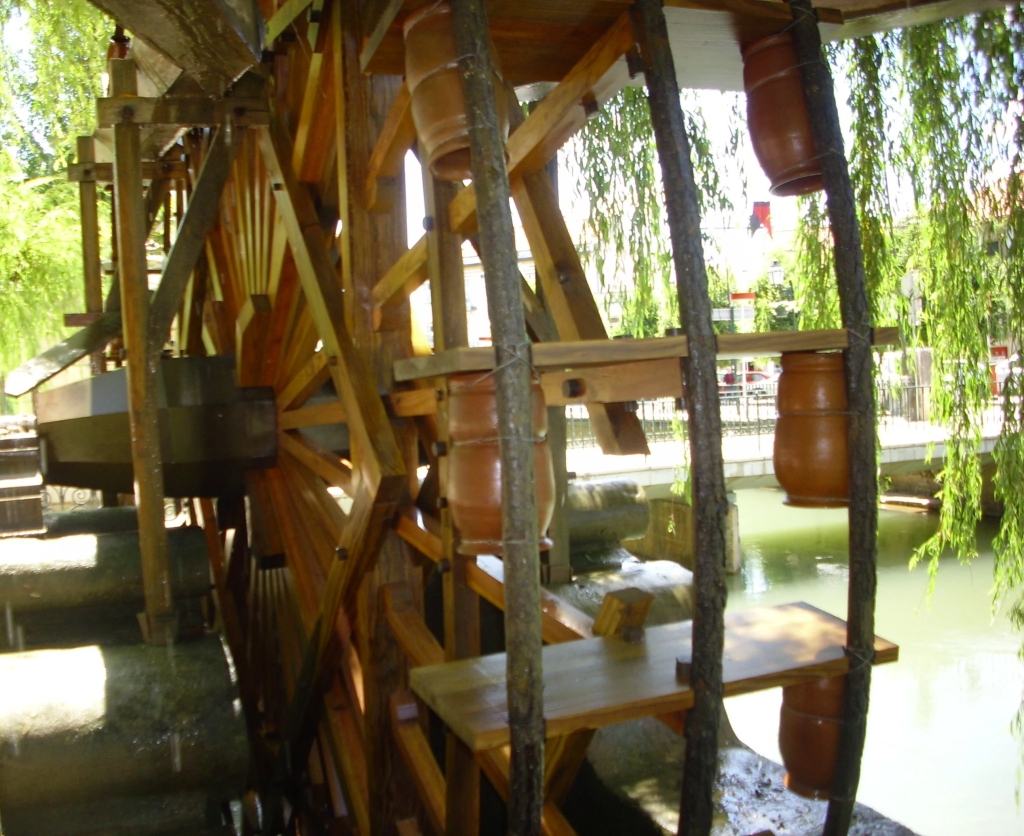
Of the mathematics that was collated and further developed by Arabic scholars, trigonometry began to filter through to in the High Middle Ages in the work of the French Jewish astronomer, Levi ben Gershon (1288–1344), the English Abbot of St Albans, Richard of Wallingford (1292–1336) and the French monk, John of Murs (c. 1290–c. 1355) and a few others. Major strides were made by the so-called first Viennese School of Mathematics in the work of Johannes von Gmunden (c. 1380–1442), Georg von Peuerbach (1423–1461), and above in in Peuerbach’s most renowned student, Johannes Regiomontanus (1436–1476), although Regiomontanus’ main work De triangulis omnimodis (On triangles of every kind) which was written 1464 but which was only edited by Johannes Schöner and published by Johannes Petreius in 1533.
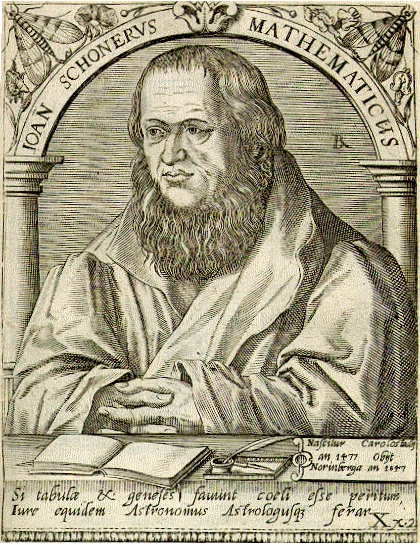
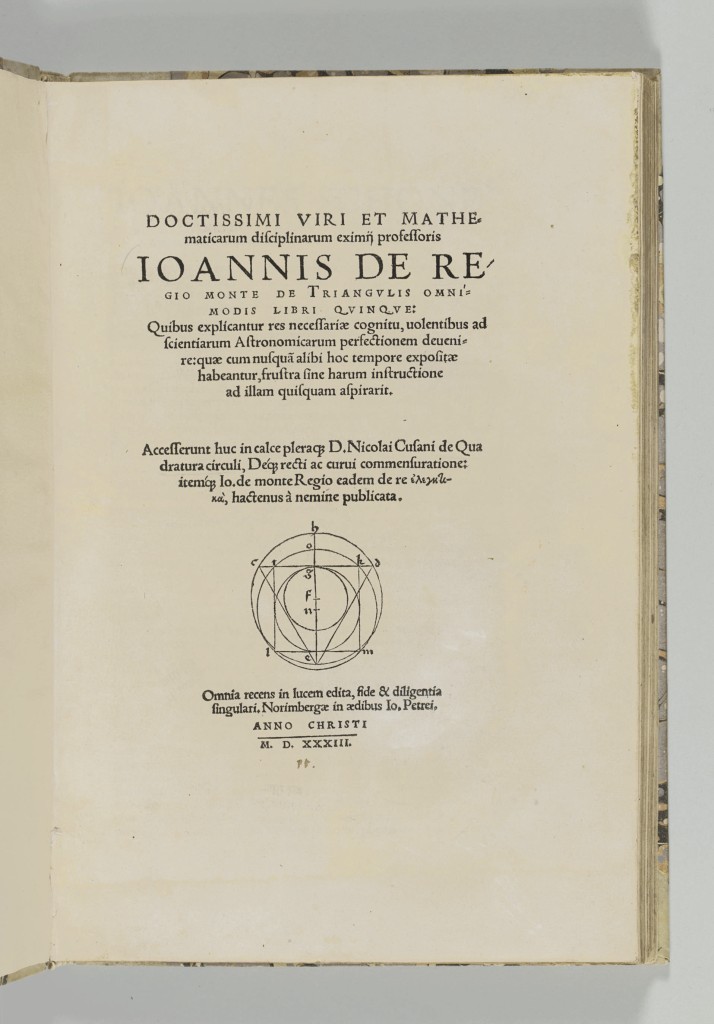
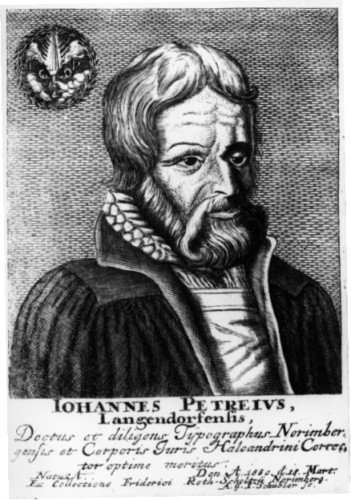
The Hindu-Arabic place value number system entered Europe twice, first in a Latin translation of the work by Muhammad ibn Musa al-Khwārizmī (c. 780–c. 850) by an unknown translator in the twelfth century. No Arabic manuscript of this work is known to exist, and it is only known by its Latin title Algoritmi de Numero Indorum, where Algoritmi is a corruption of al-Khwārizmī. This translation only had a very limited impact. The new number system was adopted by the scholars at the universities as part of computus in order to calculate the date of Easter and the other moveable Church feasts. The second time was in the thirteenth century in the Liber Abbacci (1202, 2nd edition 1227) of Leonardo of Pisa (c. 1175–1250), which led to it being used in commercial arithmetic, especially after the introduction into Europe of double entry bookkeeping in the fourteenth century.
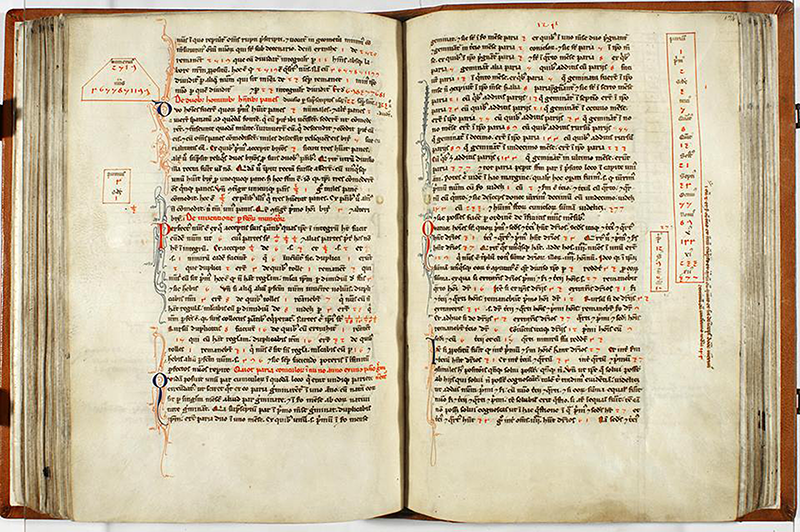
Leonardo of Pisa’s book was also responsible for the introduction of algebra into Europe as it borrowed heavily from al-Khwārizmī’s book al-Kitāb al-Mukhtaṣar fī Ḥisāb al-Jabr wal-Muqābalah (The Compendious Book on Calculation by Completion and Balancing).
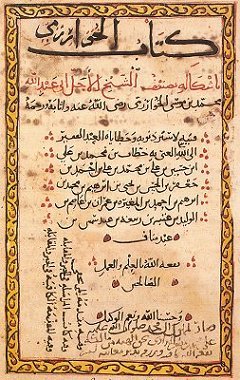
Once again, as it had been in Islamicate culture, algebra was initially used principally as commercial arithmetic, not really entering the academic sphere until the sixteenth century. The so-called reckoning schools which taught apprentices in trade but also in other areas such as art and construction, were the main source for the spread of both the Hindu-Arabic place value number system and algebra in the High Middle Ages.
During the High Middle Ages, the principal works of Greek mathematics, such as the works of Archimedes, the Elements of Euclid, the Conics of Apollonius and the Geographia of Ptolemaeus gradually re-entered Europe and the invention of printing in the middle of the fifteenth century led to most of them receiving their first printed editions before or shortly after the end of the century.
The translation of both Arabic and Greek texts on both astrology and astronomy early in the High Middle Ages led to rapid developments in the two related disciplines, which I have dealt with in detail in my The emergence of modern astronomy and my Renaissance Science series.
I shall be dealing with the development of theories of motion, both fall and projectile motion, and optics during the medieval period in successive posts in this series, as they are both central to our story.
